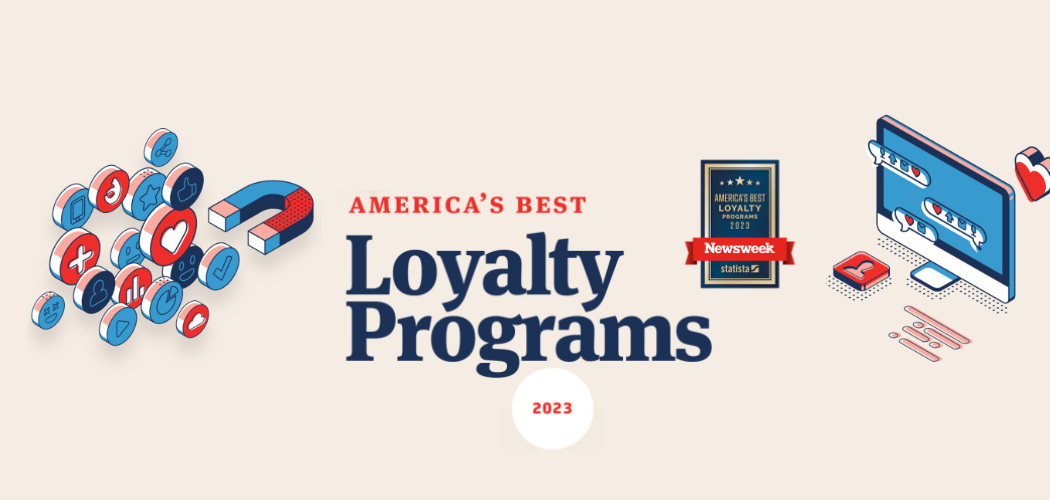Last week’s announcement that Facebook was leading the development of a new crypto currency called Libra is very big news. The white paper released outlines of a compelling argument for a viable global currency and financial infrastructure based on a decentralized blockchain. It also makes it clear that this project is meant to be an open source endeavor with hundreds of global partners, open to everyone, and open to adapting on the go. Here is a quote directly from the white paper that, at a high level, makes it sound pretty exciting:
The Libra Blockchain will be open to everyone: any consumer, developer, or business can use the Libra network, build products on top of it, and add value through their services. Open access ensures low barriers to entry and innovation and encourages healthy competition that benefits consumers. This is foundational to the goal of building more inclusive financial options for the world.
This statement is inspirational and it sounds like there is lots of room for loyalty to take advantage of the network. After reading the detail in the white paper, the exciting part is that Libra actually addresses many of the concerns regarding wide adoption of a low cost and secure cryptocurrency. However, the program is only launching as a development platform with no actual coins issued until later in 2020. Without any real world examples it is hard for marketers and loyalty operators to understand what Libra could mean for them. It will take sometime for clarity but there are a few things that loyalty operators should know.
Blockchain
There are a number of loyalty technologies providers that are already operating blockchain based loyalty programs. Without going into details, the benefits are clear as blockchain can offer advanced loyalty functions with high security and low cost. The current challenge is developing blockchain standards for inter-operability needed for wide spread deployments. Libra has defined key parts of the Libra Blockchain that may allow standards to develop globally.
- Permissioned state – they have concluded that a completely open network must be the end goal (permission-less), however, they also realize this is not possible in the short run. The networks scalability, security, and stability are needed for consumer confidence and for regulatory approvals. An association will start by only allowing partners to operate “validator nodes” on the blockchain (permissioned) and then within 5 years open the Libra blockchain to the public (permission-less). Some purists may say this permissioned state is not blockchain, but it is as they have stated their goal is to get to permission-less.
- Asset backed – most well-known blockchain currencies have fluctuating values and are focused on limiting regulation and ties to government currencies. Libra is fully backed by assets which means its value will remain stable. This trust factor alone will help with mass adoption and with regulatory approval.
- Smart contracts – one of the promises of blockchain technologies is ability of two sides to share information important to a transaction but do it securely and privately. These are called smart contracts and Libra anticipates that it will open these up to third party developers. These smart contracts are one of blockchains most powerful features for developing loyalty and marketing applications. If this is standardized on a global network maybe marketers can focus on developing consumer programs and not spend time developing the core technology.
Primary goal
Libra appears to be a major step forward in blockchain and cryptocurrency that may lead the way for new programs such as loyalty programs to utilize the network. However, Libra’s mission is to “enable a simple global currency and financial infrastructure that empowers billions of people.” The preamble in the white paper highlights the fact that billions of people are basically unbanked and do not have access to a financial services. The Libra Association’s somewhat altruistic goal may mean the network flourishes in markets like Africa prior to catching on in the US. It could also focus on micro payment transactions where it has little competition from established payment tools. Furthermore, the initial focus may be strictly on payments meaning smart contracts and/or integrations with loyalty currencies may be a few years away.
Also Read: Is it really time for blockchain?
Partner
The Libra Association is a non-profit group and claims it is open to any partners to join with a goal of having over 100 partners by the 2020 launch date. The details are outlined on Libra.org and the current founding members beyond Facebook are major players such as Mastercard, Visa, PayPal, Uber, and eBay. At this point major retailers are not represented and there are no major loyalty focused partners. Although, Mastercard and Visa’s issuer partners would represent a significant number of loyalty based consumers globally. A combination of who joins and how the technology works will likely define the success of Libra. This current list of members is clearly based on the technology and payment regulatory needs required to get the program started. Once the technology is operational and both consumers and regulators (govt) are confident, it should be easier to attract the retailers.
Loyalty similarities
The founders of Libra intend it to be a cryptocurrency with a heavy focus on the unbanked and cross border transactions. There is one area that Facebook may or may not want to move towards and that is using Libra as a micro payment to pay for (reward) data collection. One area Facebook struggles with regulators is their collection and use of data without compensation to their users. If they are thinking that Facebook users could get paid in Libra for clicking on content, it could be a way to satisfy regulators. Of course, like any reward currency there would need to be a place to spend what is earned. A broad use Libra would work well in this case. The point is that Facebook may be looking at this as a type of loyalty currency in itself. If they were to use it this way, then perhaps it could become a universal loyalty currency.
Conclusion
The project is lofty, but it appears that the founding members are setting the table for the development of a global cryptocurrency that may just get buy-in. Facebook has tried its own digital currency before, but this time they are looking to make it truly open to all. The current global payment networks, Visa and Mastercard (both founding members of Libra), were launched as “associations” owned by the member banks using the network. That seemed to work well for the development of global payments so using the association model for a digital version of a global secure and cost effective currency makes sense.
It is too early to say exactly how this will affect loyalty operators, but I do think it could have a major impact on loyalty. At minimum, the promised value that blockchain can bring loyalty may be proven at scale with the standards of a permissioned state, asset backed value, and smart contract functionality. Loyalty blockchain suppliers can learn from these standards and adjust to the specific needs of a loyalty currency. However, there could be an upside for loyalty. Maybe Libra blockchain will be the future of loyalty currencies and maybe some of the major loyalty players will join the association as founding members and have a say in how loyalty transactions are managed digitally on a global standard.
James Christensen is an advisor at The Loyalty Point, helping companies with innovation and strategy in digital technology where marketing and payments merge. He has been a serial entrepreneur, executive, speaker, and is a CLMP who contributes thought leadership to The Wise Marketer.




